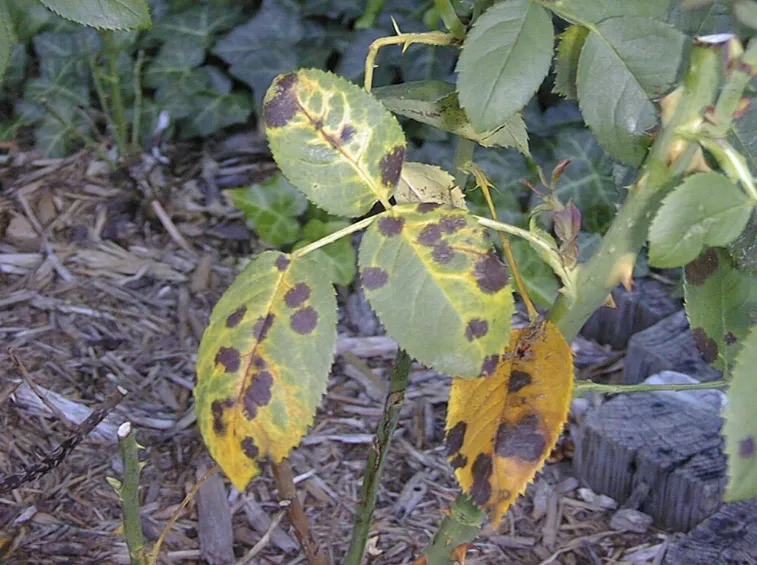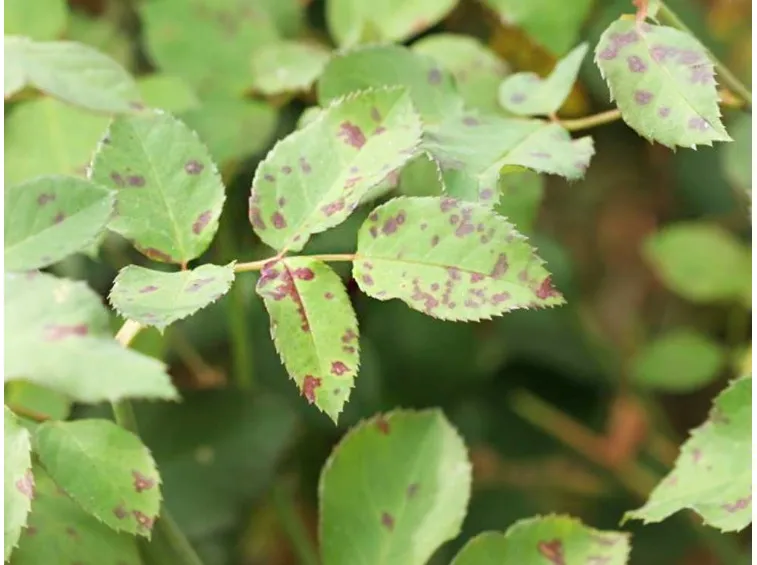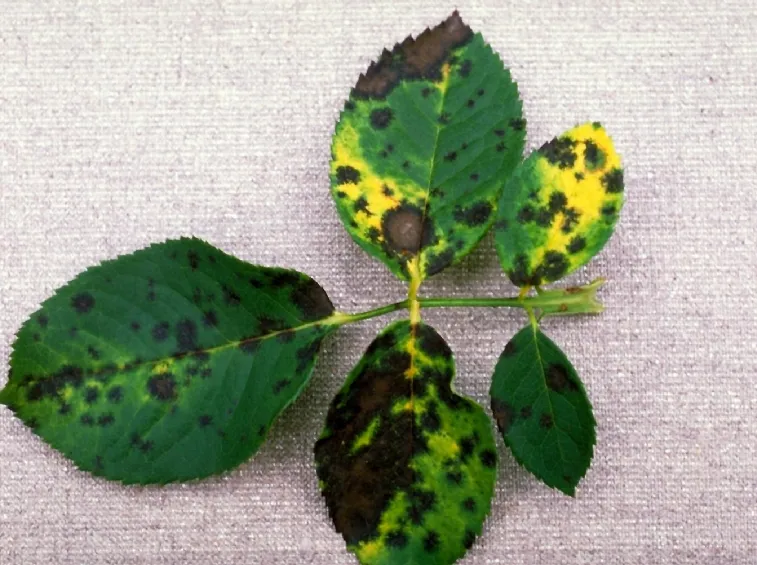Anthracnose of roses
Anthracnose on the rose
The rose è one of the più plants; beautiful of the world and of our garden, if we have one. It is no coincidence that she is also called the “ queen of the gardens&rdquo ;. Unfortunately, forò ;, even the “ queens” they get sick and the roses are no less. Perhaps due to cultivation errors or perhaps due to excessive climatic changes, roses are frequently affected by fungal diseases. One of these è l’ anthracnose, a pathology caused by different species and fungi and widespread on many other plant species.
Features
On the pink, l’ anthracnose è caused by a fungus, the Sphaceloma Rosarum, a pathogen that affects the petioles, the young shoots and especially the leaves, where it manifests itself with circular blackish spots. These spots also tend to cause detachment of the plant's leaf blade. The affected leaves turn yellow and fall prematurely, while circular cancerous lesions of a few centimeters in diameter appear on the branches.
Causes
L’ anthracnose of the rose è caused by excessive humidityà and poor drainage. During the planting of the rose, both in pots and in open field, it is therefore necessary to check the drainage of the soil. If this appears too impermeable, it is necessary to add substances that favor the disposal or the elimination of excess water. In pots we proceed to create a bottom of expanded clay, while in the open field we intervene by adding sand. L’ agent responsible for the disease can be può also spread due to rising temperatures. This figure però varies according to the plant affected and the type of fungus that causes it. L’ anthracnose of trees, for example, develops at temperatures between twenty and twenty-eight degrees; in other plant species the disease may be severe; appear even with maximum temperatures of eighteen degrees. This high variability is 26-agrave; of triggering causes makes it difficult to fight the disease.
Prevention and fight
The fight against the anthracnose of the rose takes place essentially with chemical methods, it is still impossible to find effective natural remedies. Before the fight, forò ;, one canò intervene with adequate preventive methods, such as, for example, the già cited control of soil drainage to avoid water stagnation. In the event of overt disease or before the attack, the plant can become severe; treat with antifungal products based on copper and sulfur. The interventions should be carried out preferably in the evening and before the arrival of spring. After the arrival of summer, in fact, chemical herbicides risk killing even beneficial insects, including bees.



